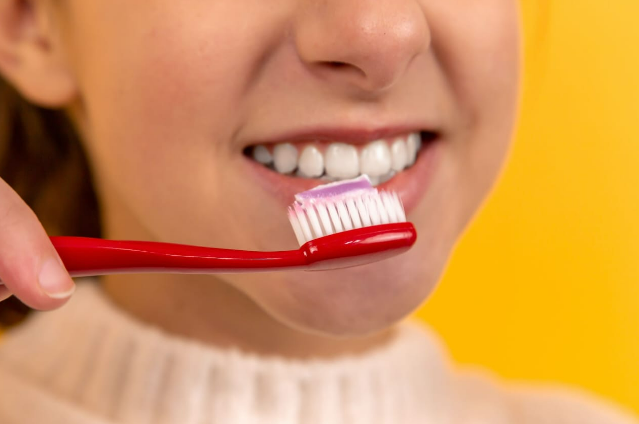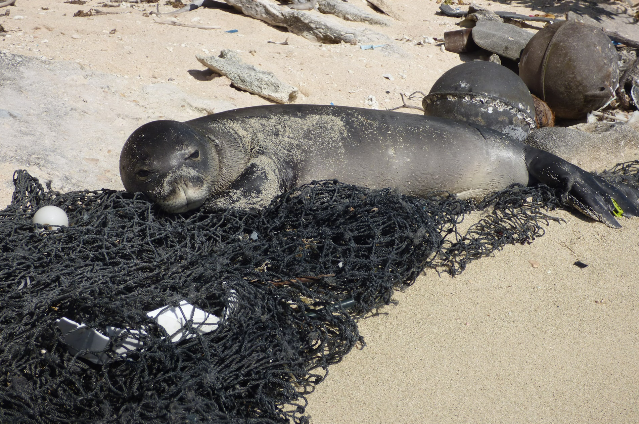
Do you know?
Our bathrooms, dressing rooms, kitchen, toys, beauty products, and clothing all contribute a lot to harming the environment.
Sources of microplastics (Mermaid Tears):
- Through microwaving: These foods have been in contact with plastic for a long time and heating them up in the plastic can release microplastics into the food.
- Surroundings: We can find in the air we breathe, dust that accumulates on floors, marine fish, grocery stores, plastic pellets, marine coatings, fishing nets, and road markings.
- Textiles: Plastic-derived polyamide textiles are absorbed into the skin when worn.
- Household: These tiny plastic pieces come from old tyres, disposable bags, water bottles, clothing, toothpaste, straws, and more. Dust in the house also contains microplastics.
- It's a cosmetic World!!!: Sunscreens, face creams, nail paints, facial scrubs, toothpaste, lotions, shampoos, shaving creams, and even herbal products all are part of the microplastic World.
Direct consumption of microplastics
We consume microplastics in form of lipsticks, cosmetics, washing face(face wash), toys, and toothpaste which may enter directly through the mouth or enter through the food chain.
Indirect consumption of microplastics
"A plate of seafood can serve you more plastic than protein."
Air we breathe, dust on the floor, and clothes we wear all are part of microplastic absorption and consumption.
Effects of microplastics:

A) On humans
- Microplastics or mermaid tears over a period of time are harming consumers directly or indirectly. They are so minute that they travel deep into the lungs and cross the placenta.
- Toothpaste: They get stuck in the gum and trap bacteria leading to gingivitis.
- Scrubs: Microbeads in facewash and scrubs if used regularly can cause tiny rips in the skin letting in bacteria and contributing to skin ageing and dark spots. While washing the face, they can damage the cornea if entered the air.
- They can cause early puberty in females, obesity, altered reproductive functioning, reduce sperm counts, and hormonal disturbances.
- Microplastics affect blood pressure, fertility, the immune system, digestive problems, and infections which can be cancerous too.
- There can be lesions in the respiratory system.
- It can lead to autism spectrum disorder (ASD)
- They can stay in various organs for longer times as they cannot be absorbed or digested.
B) In Children
- Children are more exposed to microplastics than adults.
- Researchers found these microplastics in breast milk, placenta, and newborns.
- Their brains are vulnerable.
- Children can ingest plastics through baby bottles, toys, textiles, food packaging, dust, and when playing.
- They cause allergic reactions and the death of cells.
- We can find an accumulation of microplastics in children thus physically damaging organs and leaching hazardous chemicals.
C) On marine life

Image by Unsplash
- Ingestion of these microplastics can lead to starvation, blocking digestive tracts, damaging the stomach lining, weakening their feeding capacity, suffocation, and drowning.
- It can push sharks and whales and other marine life toward extinction.
- It leads to the bio accumulation of microplastics, suffocation, and drowning.
Regulating the use of microplastics:

Avoiding microplastics totally is impossible. But a few steps we can incorporate in our daily life.
- Never consume anything from plastic cups or glasses.
- Use plastic-free or microbead-free beauty products.
- Drink filtered tap water
- Never microwave food in plastic containers.
- Use reusable glass, silicon bottles, or stainless steel.
- Buy clothes made from organic material.
- Limit consumption of seafood.
- Clean houses regularly to avoid microplastics in the dust.
- Participate in a river clean up.
- Recycle properly.
Our simple measures can protect marine life too.
A plastic World is not a fantastic world. We all have a social responsibility to protect ourselves and the environment.
Let us all be responsible humans.
. . .
References:
